#Sewing thread
Explore tagged Tumblr posts
Text

Can anyone guess which character inspired this doll sim?
2 notes
·
View notes
Text
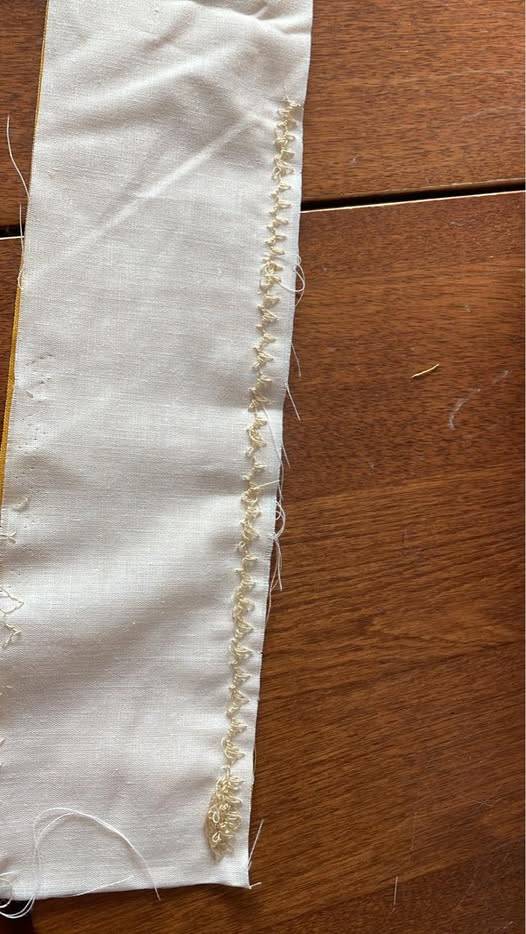
I often see people asking the same question: My machine is doing this, what am I doing wrong?
Thread bunching on the bottom of your fabric can be cause by several different things.
The Bobbin: Try rethreading the bobbin. Check to be sure the bobbin is wound correctly, if it’s too loose it can cause lots of issues. Push on the bobbin thread, if it's really squishy, it's too loose. To fix the bobbin, you will need to rewind it.
Upper Thread: Check to be sure your upper thread is threaded properly. Even if it looks correct try rethreading it anyway.
The Needle: A dull needle can cause this issue, change your needle. I sew almost daily so I change my needle at least once a week. It is said you should change needle after every 8 hours of sewing.
Lint: If there is too much lint in the machine, under the plate, behind the bobbin casing, etc. it can cause all sorts of trouble with your machine. Clean your machine with a clean paint or makeup brush. You can also use pipe cleaners. Don't blow air into it but instead use a small vacuum to suction it out. I clean my machine daily. Have your machine serviced once a year, more if you sew daily.
Tension: Tension is the first thing most people think is the issue and Yes, tension can be the cause but most often it's something else. Some machines are self-tension regulating and you don't need to adjust them.
#crafts#gifts#decor#sewing#quilting#briar rose quilts#bedding#shopping#quilters of tumblr#thread#tension#bobbin#lint#sewing lint#sewing tension#sewing bobbin#sewing thread#sewing problems#sewing issues#sewing machine#fabric#crafting#textiles#textile arts#quilt#quiltblr#art quilt#quilting as art#quilt pattern#quilt tutorial
2 notes
·
View notes
Text
How to Organize Sewing Threads and Save Time and Money
Organizing your sewing threads can save you time and money. Find out how in this post. Do you have a messy stash of sewing threads that makes it hard to find the right color for your project? Do you waste time and money buying duplicate or unnecessary shades of thread? Do you struggle to match your thread to your fabric and end up with visible or mismatched seams? If you answered yes to any of…
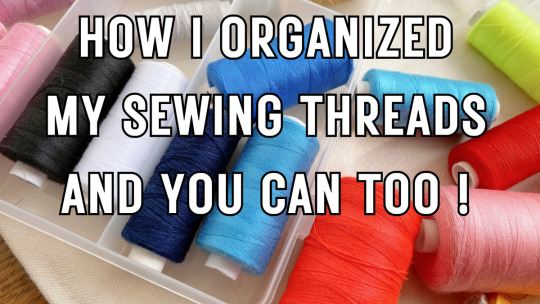
View On WordPress
#organization#sewing#sewing thread#sewing thread box#sewing thread hacks#sewing thread holder#sewing thread organization#sewing thread organizer#sewing thread rack#sewing thread spool#sewing thread storage#sewing thread tips#storage#thread#thread for sewing#threads#threads sewing#tips
4 notes
·
View notes
Text

Delighted by my new thread
0 notes
Text

flickr
1 note
·
View note
Text
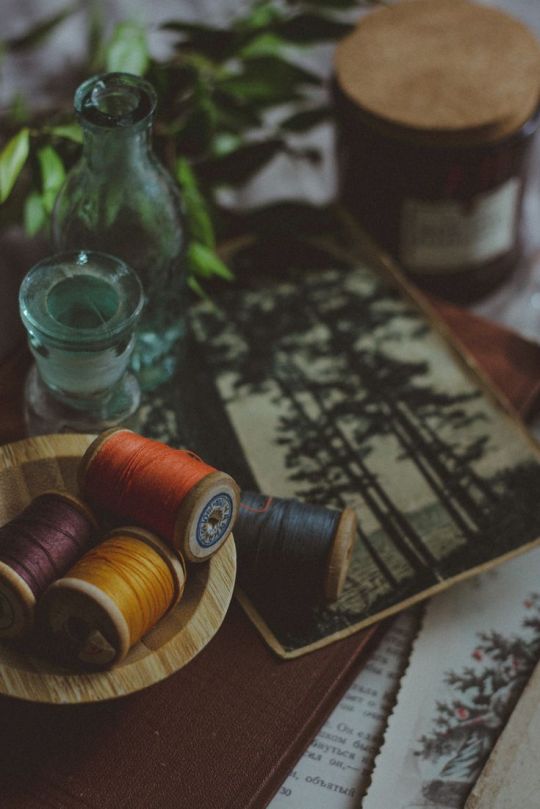
Pinterest: Veronika
2 notes
·
View notes
Text
Sewer's Heaven! Unlimited colors of threads!
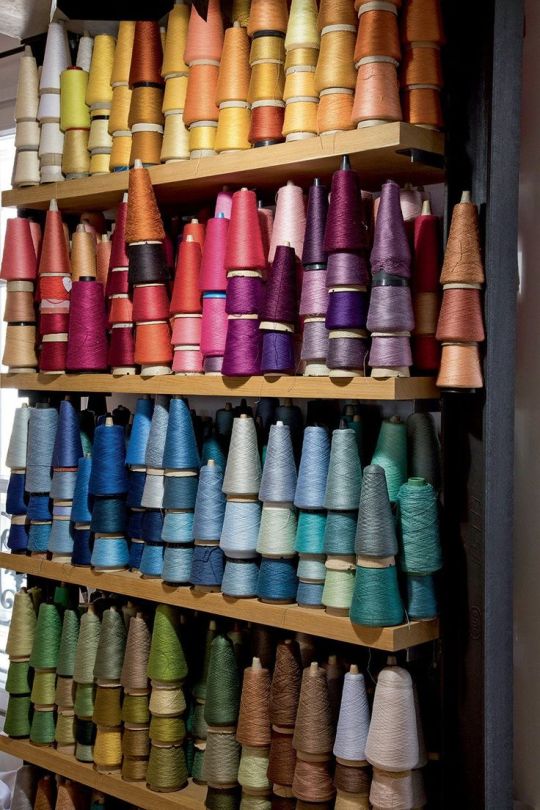
193 notes
·
View notes
Text
youtube
#fujipure#thread#sewing thread#cone winding machine#trending video#youtube#business#trends#viral video#branding#trending#wholesale#tamilnadu#viral trends#trendingnow#Youtube
0 notes
Video
The blue sewing thread by Pascal Volk
#Nähnadel#sewing needle#aguja de coser#Nähgarn#hilo#sewing thread#Herbst#fall#autumn#otoño#Canon EOS R7#Canon RF 100mm F2.8L Macro IS USM#100mm#Manfrotto#MT055xPro3#468MGRC2#Macro#Makro#Close up#Nahaufnahme#Macro Dreams#bokeh#DoF#depth of field#SOOC#flickr
0 notes
Text

secret calls in the phone/sewing/cat room (chapter 4 of bllb u will always be famous to me)
#this piece was for a dtiys by sketchi_bee on instagram :)#she's calling congress...#lowkey just drew a living room and then put some spools of thread on a shelf. guys what is the phone/sewing/cat room.#this piece was not supposed to take me as long as it did but thats just how it is i suppose.#blue sargent#the raven cycle#trc#the raven boys#blue lily lily blue#bluesey#the raven cycle fanart#trc fanart#fanart#art#my art
6K notes
·
View notes
Text
Ensuring Durability: How to Select the Strongest Sewing Thread for Your Projects
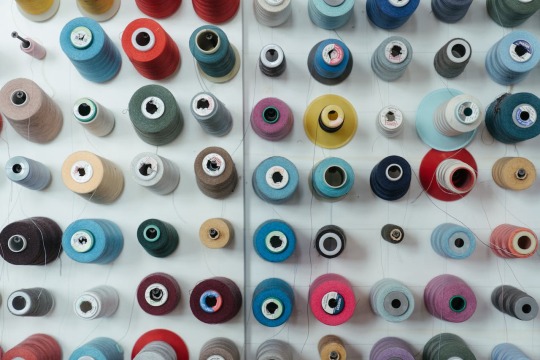
Embarking on a new sewing project comes with a series of decisions, from fabric selection to the pattern to follow. However, one of the most critical choices often overlooked is the type of sewing thread. The durability of your finished piece largely depends on the strength of the thread you use. It's the core that holds the fabric pieces together, which is why selecting the strongest sewing thread is pivotal for projects that last.
Understanding Thread Composition
When choosing a sewing thread with resilience in mind, it's crucial to consider its material composition. Sewing threads come in various fibers, such as cotton, polyester, nylon, and silk. If your project demands a thread that can withstand substantial stress, synthetic options like polyester or nylon are typically superior. Their synthetic makeup renders them more resistant to snapping under strain, unlike natural fibers such as cotton, which may weaken and wear down with continuous stress or repeated laundering.
Thread Weight and Ply Matters
Thread weight indicates the thickness of the thread, and it can have a significant impact on its strength. A lower thread weight number means a thicker thread, which is generally stronger. For example, a 40-weight thread is finer and less durable than a 20-weight thread.
Test for Tensile Strength
Tensile strength is the maximum stress a sewing thread can withstand while being stretched before it breaks. Threads that have high tensile strength are more durable and suitable for heavy-duty projects. Many manufacturers provide information on the tensile strength of their threads; look for this information when purchasing or conduct a simple stress test by pulling on the thread to see how much force it can handle before snapping.
Abrasion Resistance for Longevity
Another characteristic to consider is the thread's abrasion resistance. This is particularly important for items that will undergo a lot of wear and tear, such as upholstery, outdoor gear, and work clothes. A thread that resists abrasion will not wear out quickly when rubbed against other materials or surfaces. Polyester threads often have excellent abrasion resistance, making them a prime choice for projects that demand endurance.
Colorfastness and Shrinkage
The strongest sewing thread should also maintain its integrity in color and size. Colorfastness ensures that the thread won't bleed its color onto the fabric when washed. Additionally, it should have minimal shrinkage to prevent puckering or warping of the seams after laundering.
Conclusion
The key to selecting the strongest sewing thread lies in understanding thread composition, weight, ply, tensile strength, and abrasion resistance. Synthetic threads like polyester and nylon typically offer the best combination of these characteristics for durability. Be sure to consider the specific demands of your project; for example, if you're working on an outdoor tent, focus on a thread that can withstand environmental stresses. For a heavy canvas tote bag, look for a heavy-weight, multi-ply thread. With the right sewing thread, your projects will not only look professional but will also stand the test of time, remaining sturdy and intact through use and wear. Remember, the strength of your sewing thread is the backbone of your craftsmanship—choose wisely for projects that last.
Source:https://www.finestbeads.com/59853.html
1 note
·
View note
Text
I am quite proud of this stitching line.

I wish they all looked this nice, but in the end they won't even be seen. I will just enjoy the pretty ones while I can.
#crafts#quilting#sewing#english paper piecing#epp#bee quilt#crafty#honeycomb#hexies#honeycomb quilt#epp quilt#stitching#hand sewing#handsewn#handmade quilt#hand stitching#needle and thread#fiber art#pretty stitching#satisfying#satisfying stitches
1K notes
·
View notes
Text



Five months of work so far on my EPP rainbow star quilt; just finished the top face. Not sure how I’m going to quilt it yet…
Thanks for looking! :)
#quilting#english paper piecing#EPP#fiber art#sewing#I might quilt it w my rainbow thread but don’t know if that’ll be TOO much rainbow lol#my quilts
1K notes
·
View notes
Text
Visions
#i have so much love for botw link#he remembers nothing but the weight of the sword#he is willing to take in incredible amounts of pain and responsibility just to understand himself and his previous life a bit better#its not as if he’s not responsible and courageous#but this iteration of link has lost so much-even before the game it seems taking his destiny has made him quiet#dunno remember who was it who wrote#‘the sword became a needle snd with the thread of destiny; it sew his lips’#but apart from the desesperation of looking for a trace of himself in all things#he is also guilty and scared of what his past holds#anyways i should write a fanfic not pour this into tags#botw#breath of the wild#link#legend of zelda#master sword#animation#procreate dreams#link botw
5K notes
·
View notes
Text

fuck with me
#17776#20020#done no drawing at all in the past week while ive been working on this but now that it's done hopefully i can get back into the groove#because hoo boy is there a lot on the back burner right now#REGARDLESS!! this was pretty fun except for the red and yellow lines i think there should be some sort of system to balance out the college#football palette somewhat because there are FAR too many red and yellow and not nearly enough of everything else#this was my first foray into embroidery as far as i can recall and my sewing experience prepared me quite well i think#hmm any other directors commentary i wanted to add? special thanks to my coworker jo for giving me some of her thread stash#aaaaaand if you see any missing fields actually do let me know bc i didnt do a final-final count (quite unlike me tbh)#art#embroidery
487 notes
·
View notes
